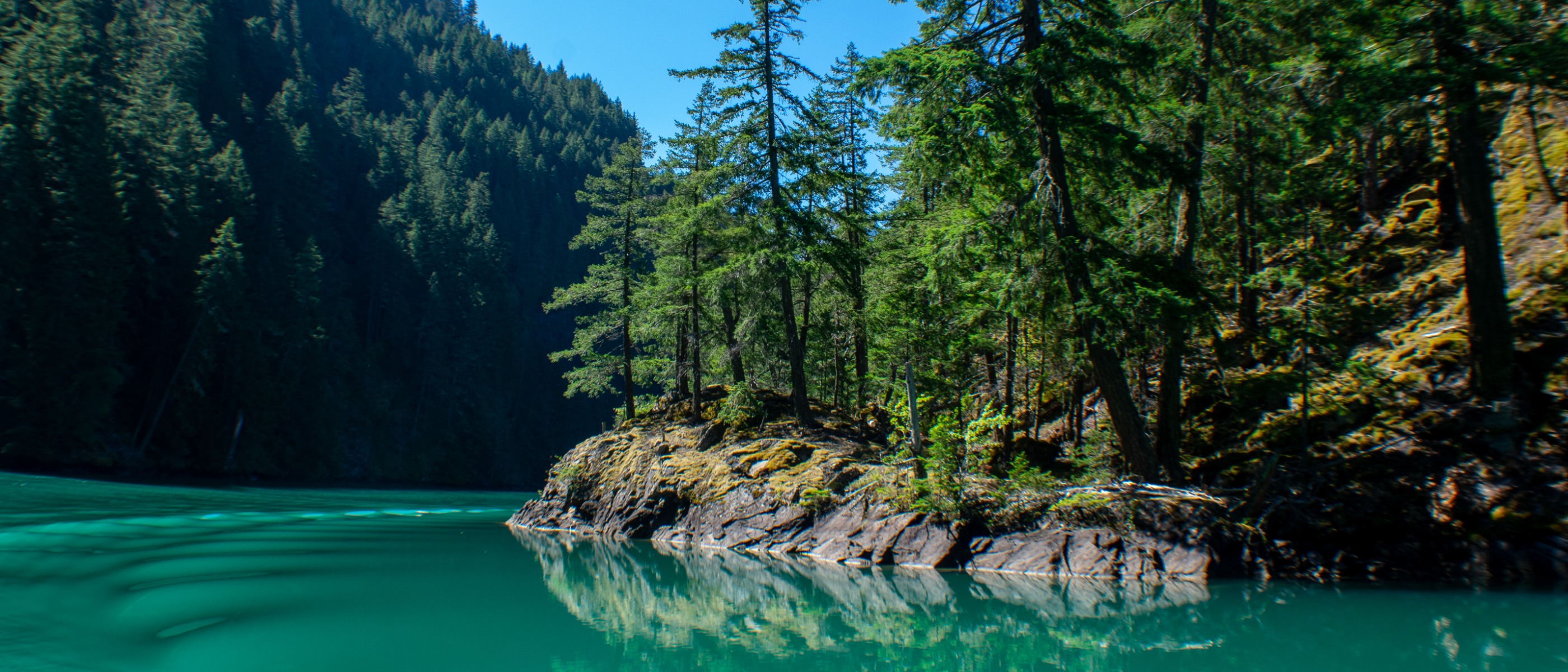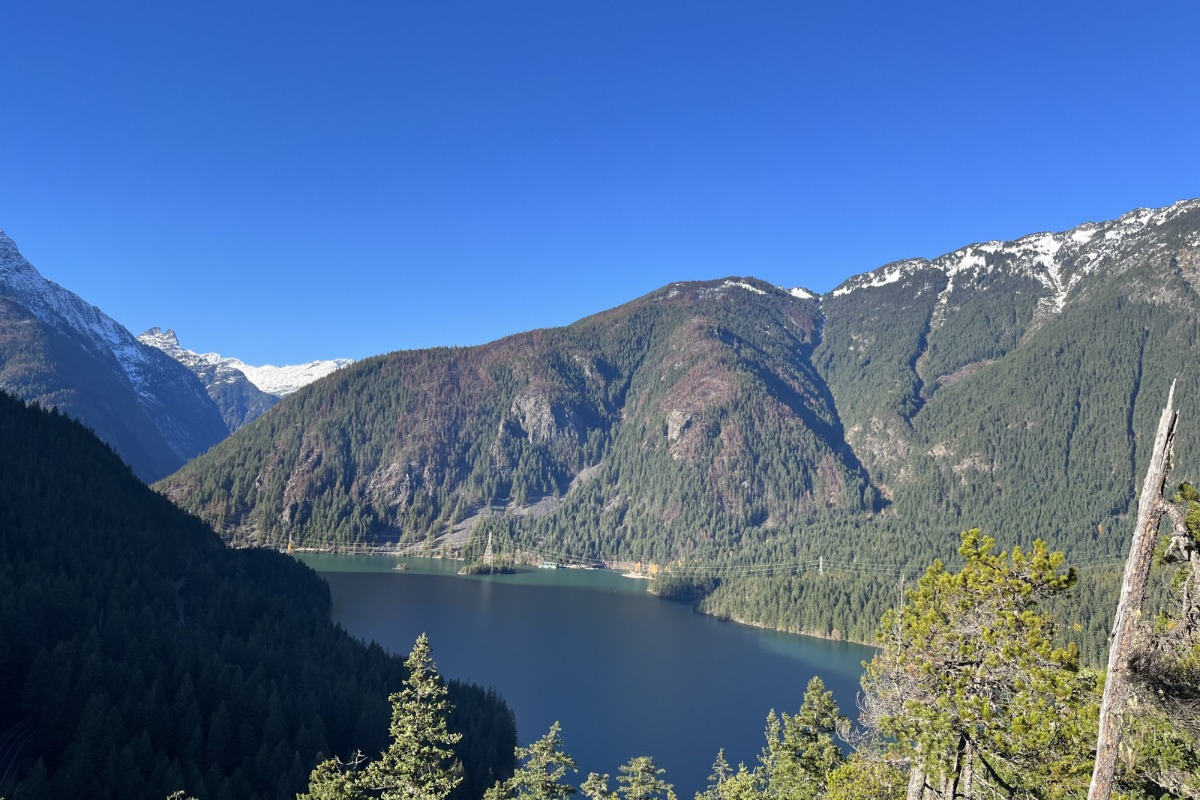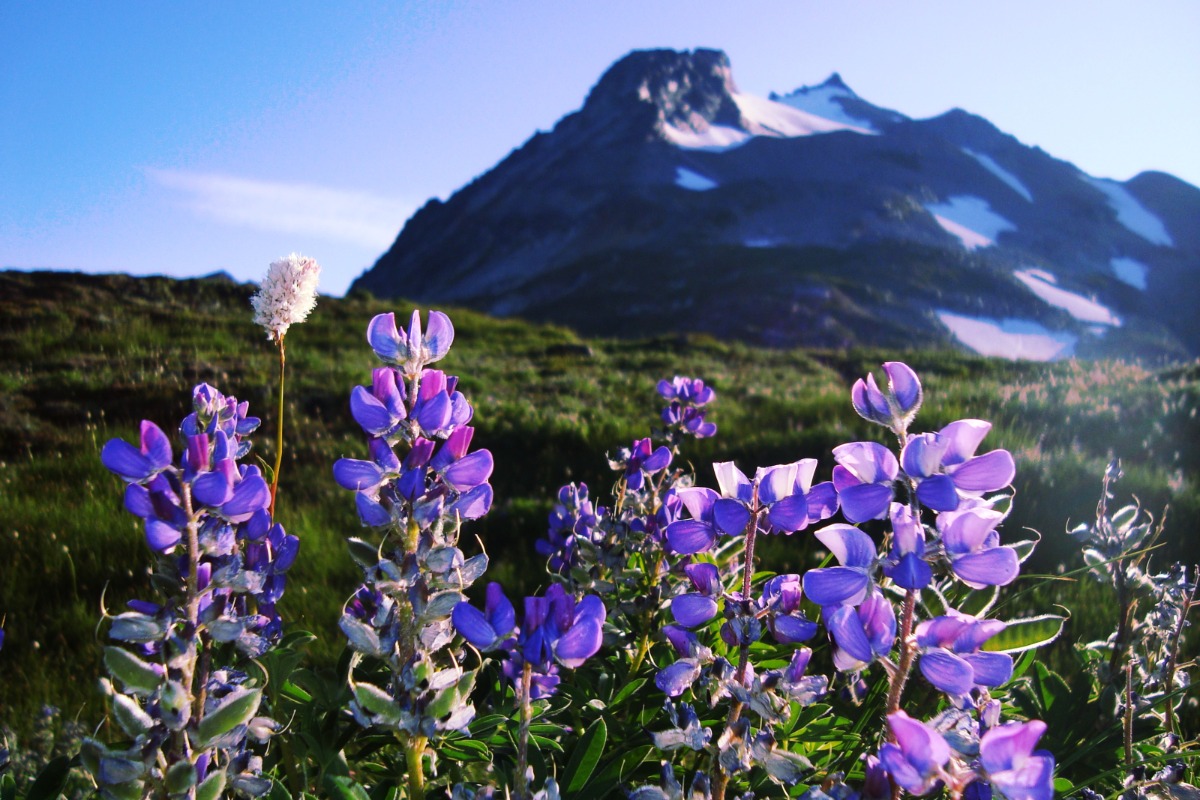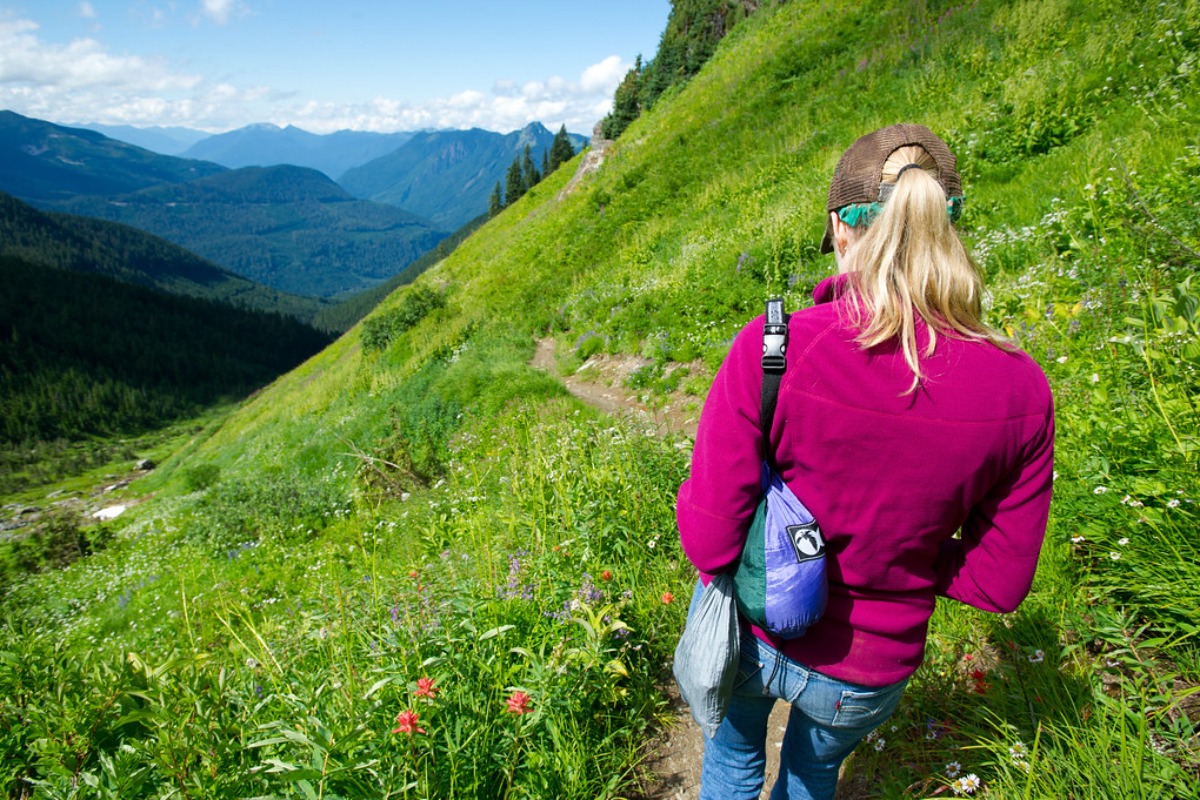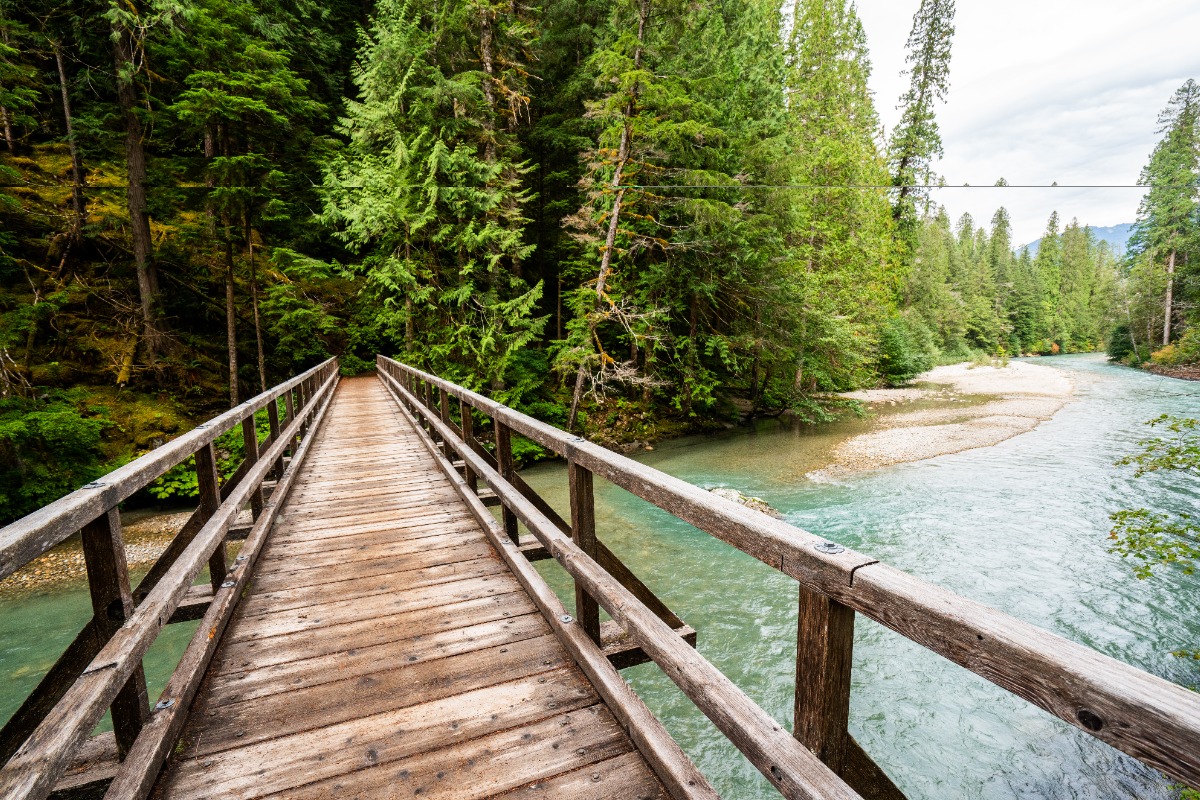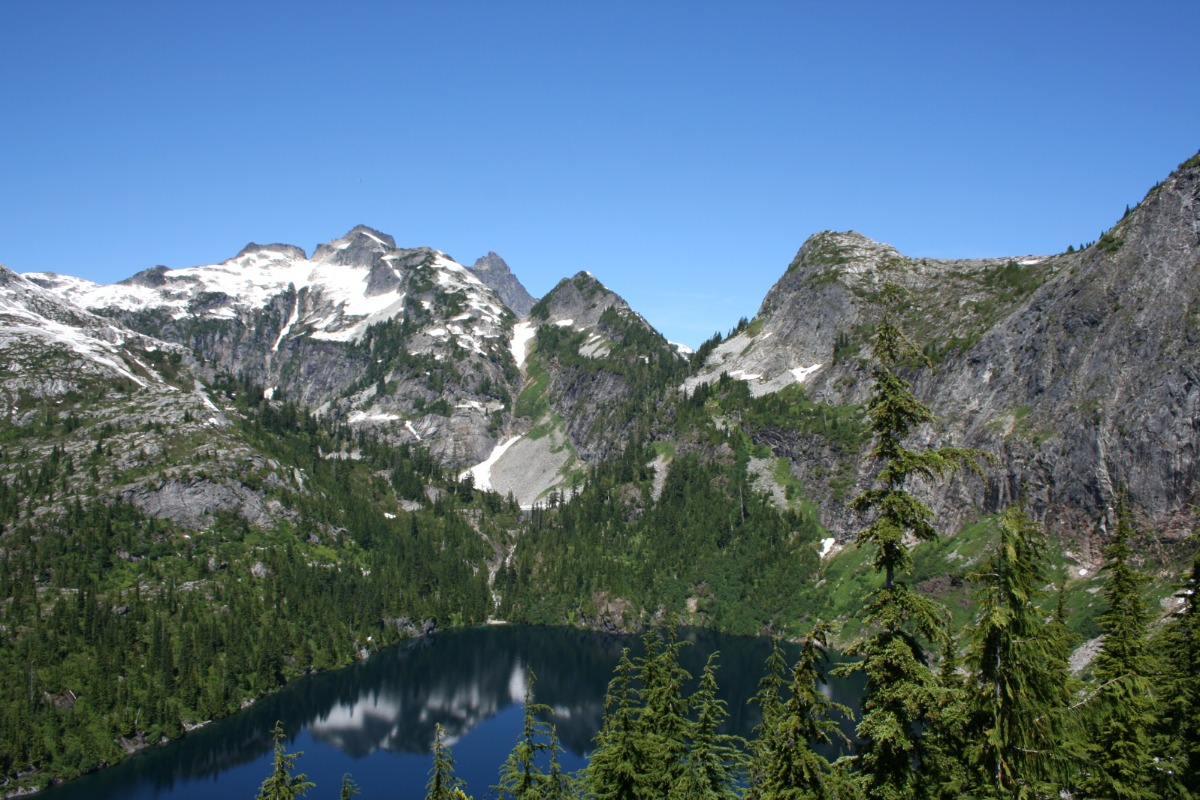Top Day Hikes in North Cascades National Park
North Cascades National Park is one of the largest and least-visited national parks in the U.S. Known as "the American Alps" because of its rugged mountains, alpine meadows, and abundant glaciers, the park is a favorite for hikers and climbers.
Most of the hikes in the park are quite steep and gain elevation. Some also climb a ways before they deliver an open view of the park.
Make sure to recreate responsibly and always plan ahead. Check for road closures, trail conditions, and travel advisories here.
Mile Post 130
3.6 miles (5.8 km) roundtrip with 425 ft (130m) elevation gain
A popular trail to a view of Diablo Lake. More details.
Located at the end of the Cascade River Road
3.7 miles (6 km) one way / 1700 ft (550 m) elevation gain
A popular day hike with spectacular views of peaks and glaciers. More details.
Photo Credit: Dalla Santa
Off the Cascade River Road
4.5 miles (7.2 km) one way / 2900 ft (884 m) elevation gain
A steep hike to a small mountain lake and historic fire lookout. More details.
Photo Credit: NPS/©David Snyder
Mile Post 130
4 miles (6.4 km) roundtrip
Hike an easy trail through old-growth forest to a bridge. More details.
Mile Post 117
10.4 miles (16.7 km) roundtrip / 2,300 ft (700 m) elevation gain
Views of high mountain lakes and nearby peaks. More details.
Photo Credit: NPS Photo
330 ft (100m) to 1.8 mile (2.9 km)
Choose from a variety of short, forested trails. More details.
More Hikes off Highway 20
Though not technically in North Cascades National Park, there are many beautiful hikes off Highway 20 once you exit the park territory. These hikes are in the Okanogan-Wenatchee National Forest and require a Northwest Forest Pass to park.
- Know Before You Go - Check the status of your destination.
- Plan & Prepare - Gather the right permits, reservations, and gear.
- Build an Inclusive Outdoors - Help create a more welcoming outdoors.
- Respect Others - Be kind to all you encounter.
- Leave No Trace - Follow the seven principles.
- Make It Better - Volunteer, donate, and advocate.

- Use caution on access roads: watch for obstructions such as rocks, sudden bends, and parked vehicles/pedestrians.
- Stay on trails. Wear adequate footwear and use a topographic map/compass.
- Report downed trees or washouts to the nearest ranger station.
- Do not depend on cell phones as there are many "dead spots."
- Always tell a friend your travel plans, including destination and expected return time.
- If a fire is active in the park, do not fly drones or pull over on the highway to look at or photograph the fire.
- Carry the ten essentials: hydration, extra food, navigation, sun protection, insulation, illumination, first aid kit, fire, repair tools, emergency shelter.



